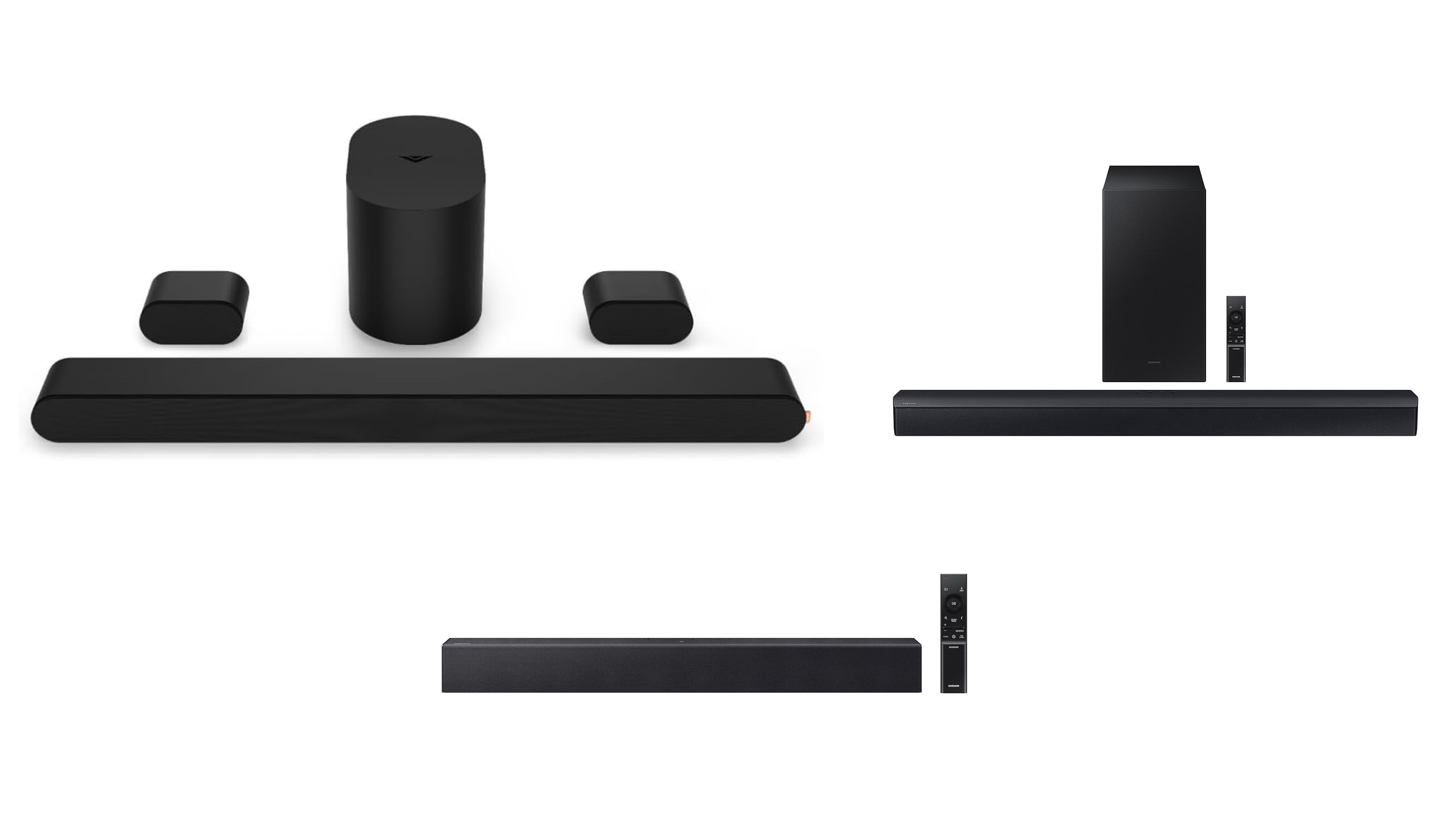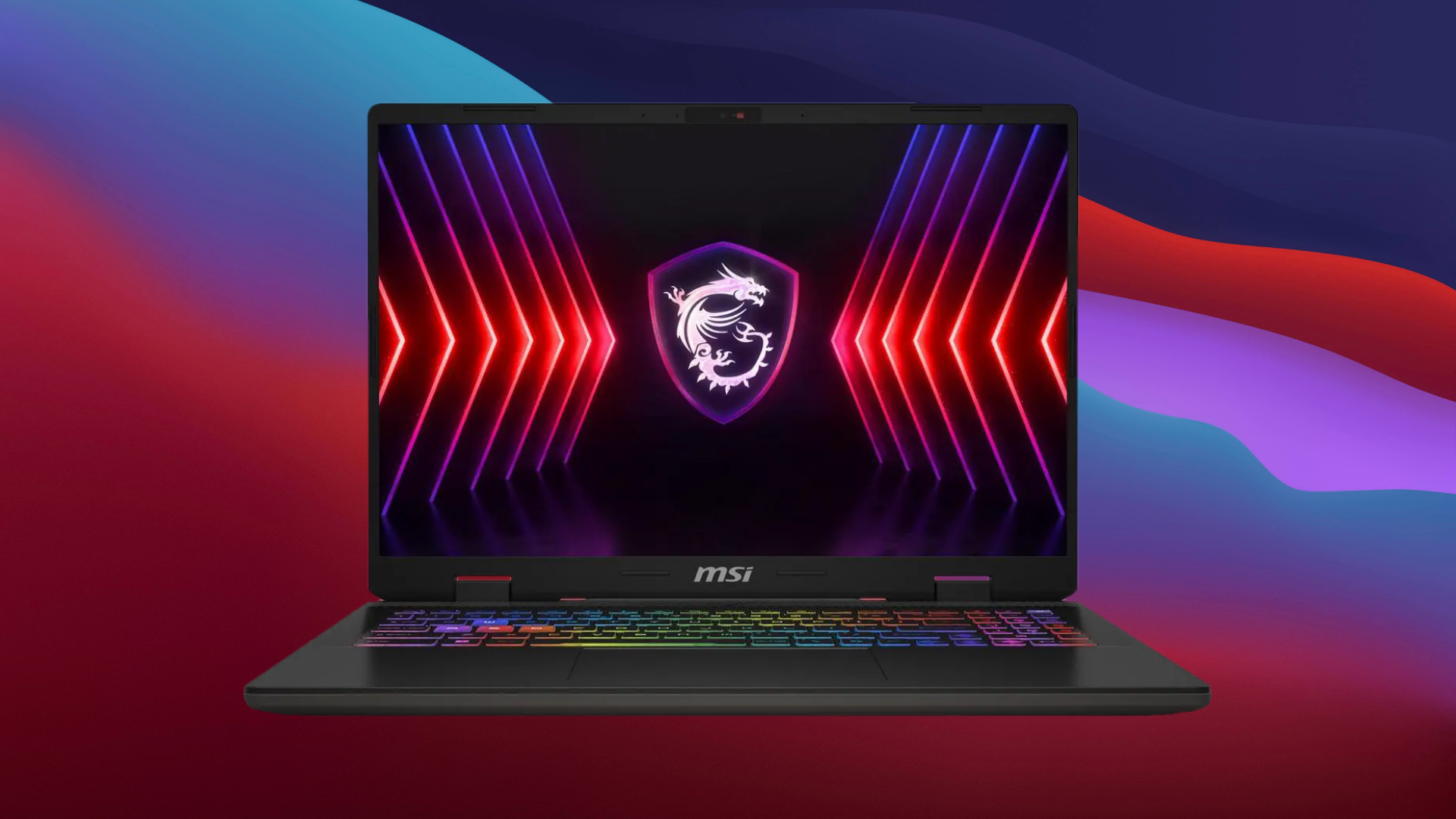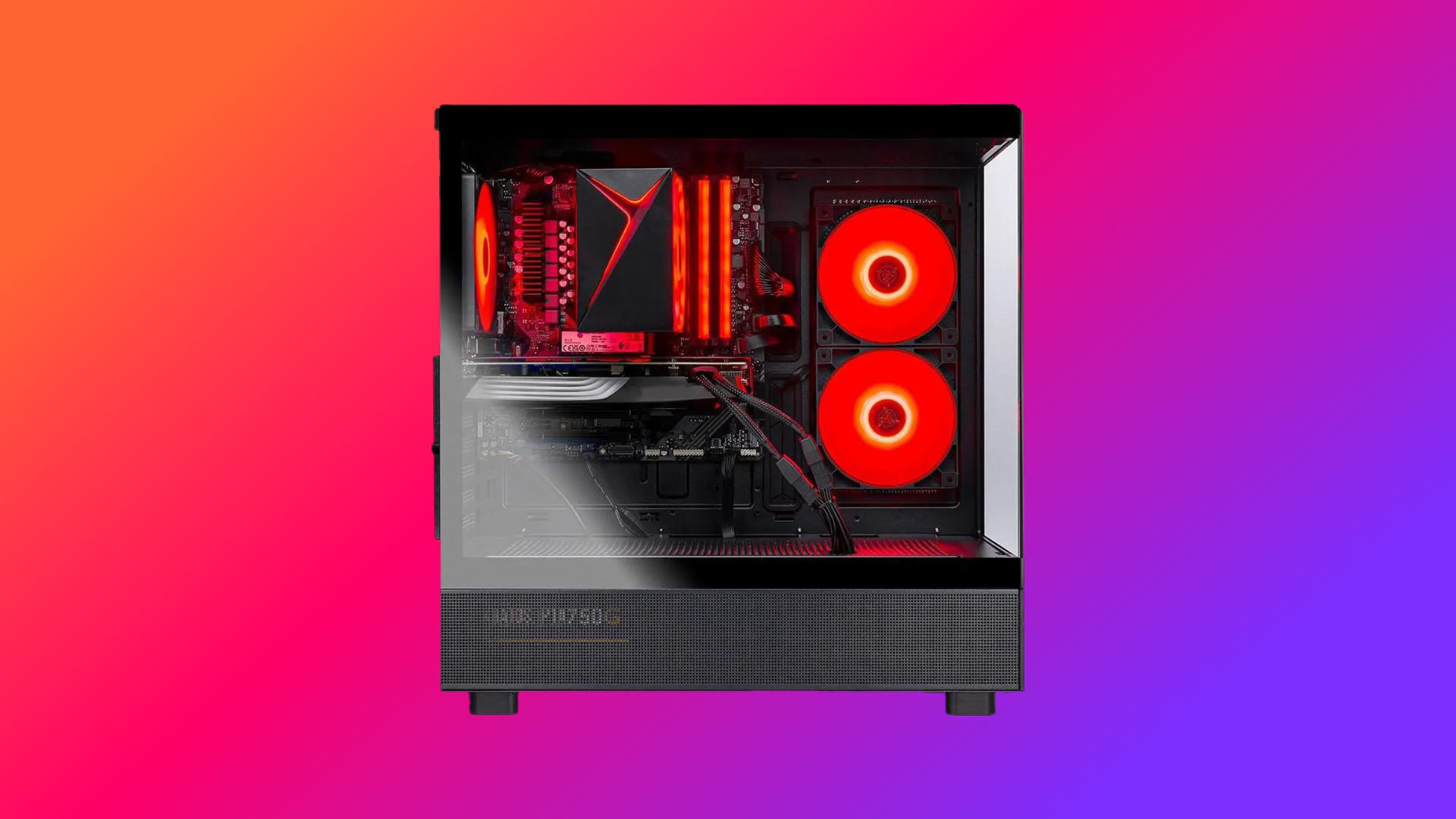Discover how to select the ideal capture card for your specific needs by considering key factors, including connection type and more.
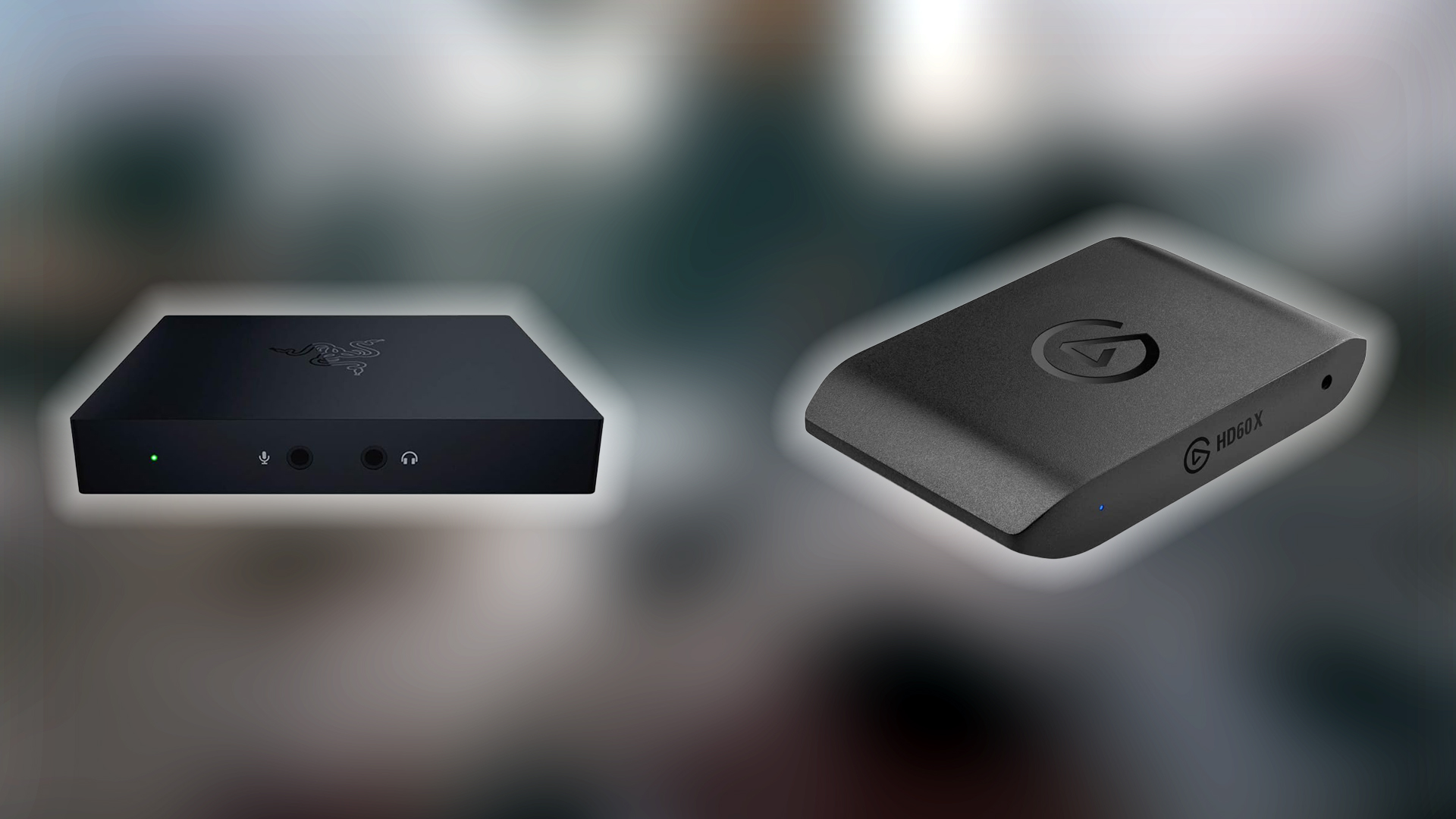
Capture cards are a great extension for your computer, offering significant advantages over footage captured via your GPU. Solely relying on your GPU can hamper its gaming performance. Say you are a seasoned streamer with multiple PCs and dual monitor setups. A capture card lets you offload the video signal from these external sources (GPUs) directly to another computer.
In most professional use cases, people choose a dual-PC streaming setup and wire in high-quality camera feeds alongside it. However, with numerous options available, choosing the right one can be challenging. This quick and easy guide covers the essential factors you should consider in making the right choice.
Purpose of a Capture Card

First, determine why you need a capture card. Your GPU is enough for streaming alone, but if you do not want to compromise performance or you are making metrics videos, such as benchmarks, etc., then go for a capture card. Here are a few cases where you need a capture card:
- For streaming console games to PC (PS5, Xbox, Switch)
- For dual PC streaming setups
- For recording benchmarks with incredible accuracy
- To record your or your parents’ childhood footage, from analog to digital format.
Connection Type and Compatibility
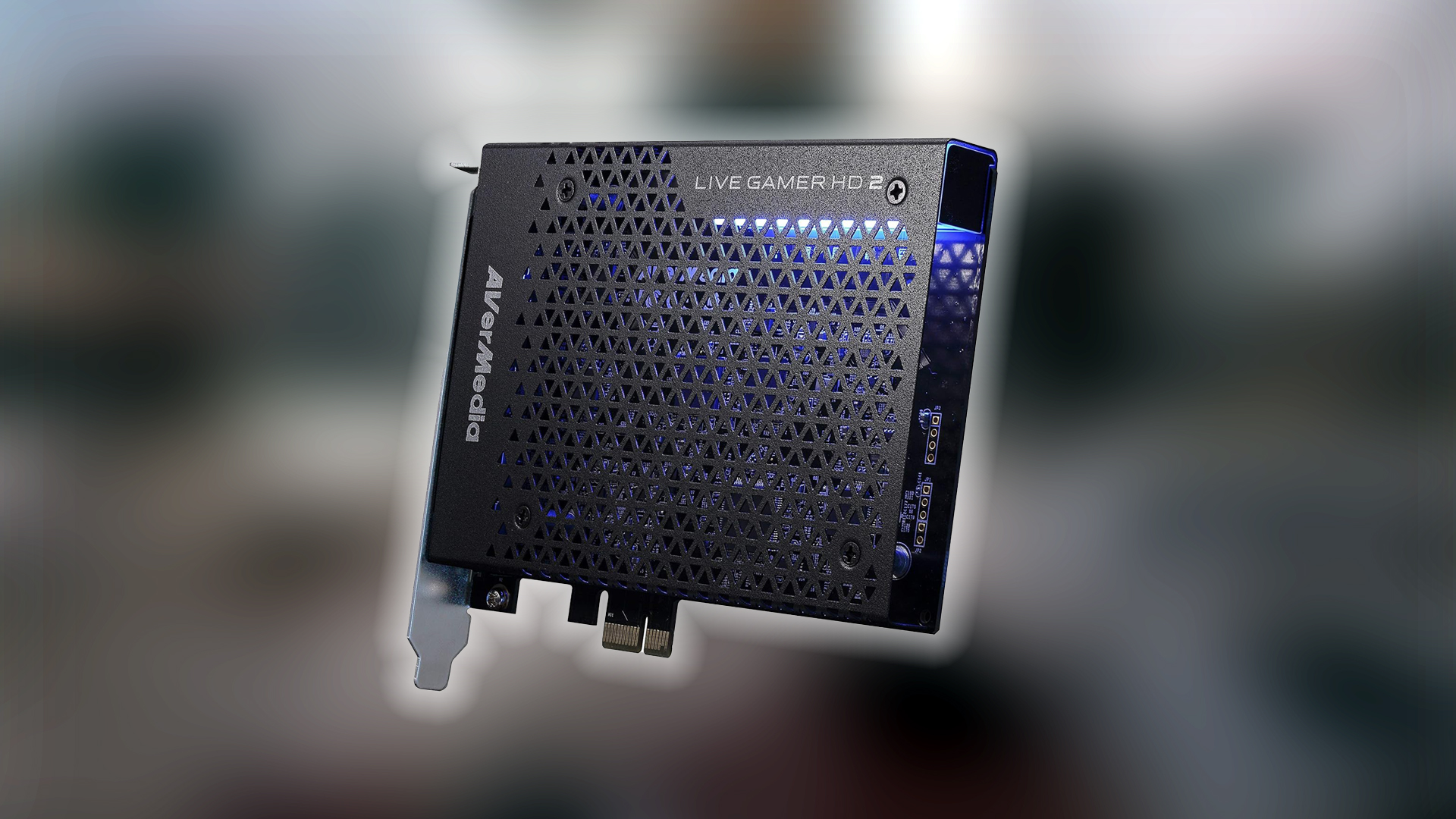
Pay close attention to this section, as the connection type can vary significantly, each with its own pros and cons. For starters, there are two types of capture cards: internal and external. Internal capture cards operate on the PCIe Express bus, and external capture cards operate on USB. Here is a quick overview.
- Check compatibility with your specific console models.
- Verify that your PC meets the minimum requirements, such as CPU and RAM.
- Some older consoles may need special adapters.
- PCIe cards: Installed inside your PC, typically have lower latency, better stability.
- USB cards: Portable, easier to set up, work with laptops.
- Only choose USB 3.0 cards for HD quality.
- Ensure your computer has compatible USB 3.0 ports.
- Ensure your computer has free space; GPUs can easily block their paths.
Resolution and Frame Rate
Sometimes, capture cards limit your desktop resolution and refresh rate. Always ensure to buy ones that allow your monitor to pass through. You can discover if a capture card does so while reviewing its specifications. For starters, here are a few guidelines for resolution and their respective framerates:
- 1080p30: Most affordable, suitable for most console games.
- 1080p60: Better for fast-paced games, higher quality streams.
- 4K30/4K60: Premium options, future-proof but significantly more expensive.
Latency is also an important aspect to consider when evaluating resolution and framerate. Be mindful of this, as external cards have a round-trip process that occurs from (capture card -> I/O -> CPU/GPU (using OBS or any other software) -> Display Output). The process is much faster for internal cards, as the PCIe lanes have a huge bandwidth advantage over USB.
As mentioned, pass-through greatly helps, as the image is displayed before encoding. When HDMI or DisplayPort pass-through is present, the video signal is sent directly from your source (such as a console or camera) to your monitor or TV. This helps in bypassing the capture and encoding steps. You see the action in real-time, with virtually no delay, while the capture card sends a copy of the signal to your computer for recording or streaming.
Key Features
Before getting tempted by marketing materials, consider these features mandatory within a capture card, as ones with these features are generally good performers:
- HDMI pass-through for zero-latency gameplay on TV.
- Audio inputs for microphone/console audio mixing.
- PC-free recording capabilities (to SD card).
- Software bundles and compatibility.
Conclusion
Don’t overspend if you want to convert analog output or digital. A dirt-cheap Chinese one from Amazon can easily do this for under $30, but if you are being serious, such as looking to build a career in streaming, here are a few budget-related guidelines:
- 20-$50: Budget options, typically 1080p30, variable quality
- $100-$200: Mid-range (Elgato HD60 series, AverMedia Live Gamer)
- $200+: Premium features, 4K capture, lowest latency
All the best—happy fragging and recording!
Looking For More Related to Tech?
We provide the latest news and “How To’s” for Tech content. Meanwhile, you can check out the following articles related to PC GPUs, CPU and GPU comparisons, mobile phones, and more:
- 5 Best Air Coolers for CPUs in 2025
- ASUS TUF Gaming F16 Release Date, Specifications, Price, and More
- iPhone 16e vs iPhone SE (3rd Gen): Which One To Buy in 2025?
- Powerbeats Pro 2 vs AirPods Pro 2: Which One To Get in 2025
- RTX 5070 Ti vs. RTX 4070 Super: Specs, Price and More Compared
- Windows 11: How To Disable Lock Screen Widgets
 Reddit
Reddit
 Email
Email
